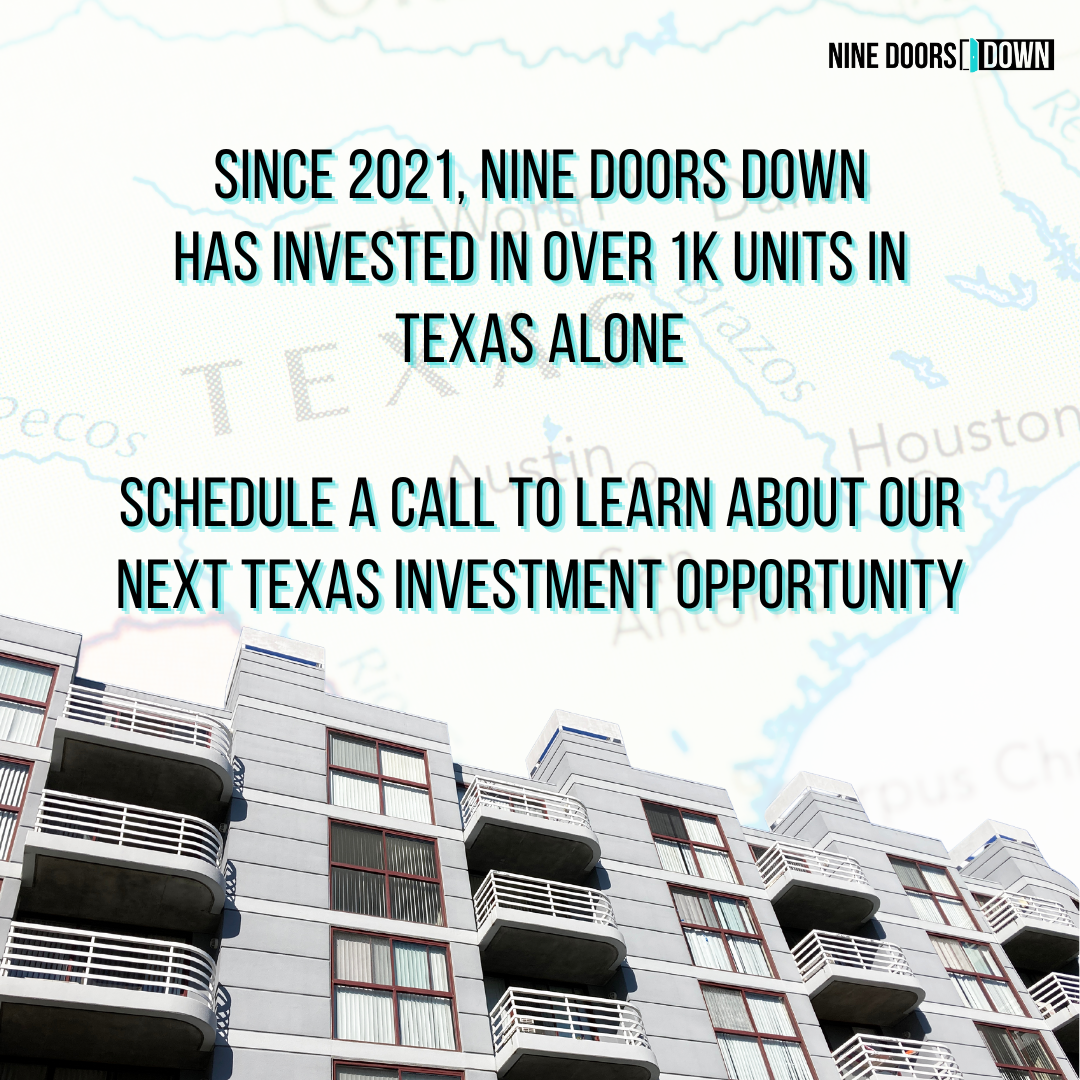![]()
Commercial real estate investors and investment firms rarely buy properties worth $100 million or more completely on their own. Instead, they rely on equity partnerships to bring investor capital together to fund these deals. In this blog post, we will explore the mechanics of a real estate equity partnership structure and how it functions in practice.
Real estate equity partnerships typically consist of two main components: a general partner (GP) and a limited partner (LP). While there can be multiple GPs and LPs within a partnership, each party has different responsibilities related to the deal.
The LP acts as a silent money partner, providing the majority of the equity required to close the deal. Usually, the LP is not an experienced real estate investor and does not have the time or resources to manage deals on their own. In exchange for their capital, the LP seeks a hands-off investment opportunity. They are considered passive investors and do not have a say in the acquisition, management, or sale of the property.
Multiple limited partners are often involved in deals priced between $3 million and $20 million. These investors are typically high-income earners or high net worth individuals who want exposure to real estate without the responsibility of managing properties. In some cases, there may be only one limited partner, such as a major private equity firm, pension fund, family office, or wealthy individual looking to deploy a large amount of capital.
Since the limited partner(s) are not responsible for acquiring or managing the deal, the general partner takes on this role. The GP, also known as the sponsor, is usually a real estate investment firm that coordinates all aspects of the transaction. This includes finding a property to buy, raising both debt and equity capital, managing due diligence and closing, overseeing property operations, and ultimately selling the property for a profit.
In exchange for their work, the GP charges fees associated with these activities, such as acquisition fees, asset management fees, construction management fees, and disposition fees. These fees are usually a percentage of the purchase price, operating revenue, construction cost, or sale proceeds. The ability to generate higher fee income is one reason why investment firms aim to buy larger deals.
In addition to fee income, the GP can earn outsized returns through promoted interest. Promoted interest allows the GP to receive a percentage of cash flows greater than their initial equity contribution, but only if certain performance targets are met. These targets, known as preferred returns or hurdle rates, are based on metrics like internal rate of return (IRR), equity multiple, or cash-on-cash return. The equity waterfall structure determines how cash flows are split within the partnership.
For example, if the GP invested 20% of the equity required to close, the LP invested the remaining 80%, and the preferred return was an 8% IRR with a promoted interest of 20%, cash flows would be split 20% to the GP and 80% to the LP until the 8% IRR is reached. Beyond that point, the GP would receive an additional 20% of the cash flows over the preferred return. This structure aligns incentives between the GP and LP, as the GP’s promoted interest is based on the LP’s returns.
The exact details of a real estate equity partnership structure, including the rights and responsibilities of each partner, the fees generated by the GP, and the waterfall structure, are outlined in a joint venture operating agreement. While each partnership may vary, this framework provides a general understanding of how these partnerships operate.
In conclusion, commercial real estate investors rely on equity partnerships to fund large deals. Limited partners provide the majority of the capital and act as passive investors, while general partners coordinate all aspects of the transaction. Fees and promoted interest allow the GP to generate income and align incentives with the LP. Understanding the mechanics of real estate equity partnerships is crucial for both investors and industry professionals.








